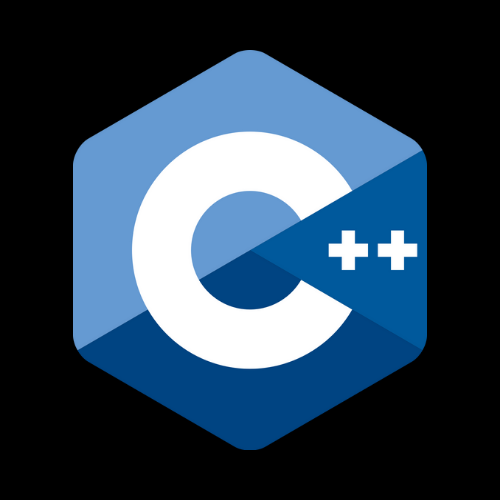C++ provides several ways to receive input from the user or external sources. The most common method for input in C++ is through the use of the cin stream from the Standard Input (stdin). In this explanation, I'll cover the basics of input in C++ and provide examples.
1. Input using cin:
The cin stream is part of the C++ Standard Library and is used to read data from the standard input stream (usually the keyboard).
Example:
2. Input using getline for Strings:
When you want to input a string containing spaces, you should use getline function.
Example:
3. Input from Files:
You can also read input from files using file streams. For this, you'll use the ifstream class.
Example:
4. Command Line Arguments:
You can also provide input to a program through command-line arguments. These arguments are passed when you run the program.
Example:
These are the primary ways to receive input in C++. cin and getline are the most common methods for interactive input, while file input and command-line arguments are useful for reading data from external sources or files.


